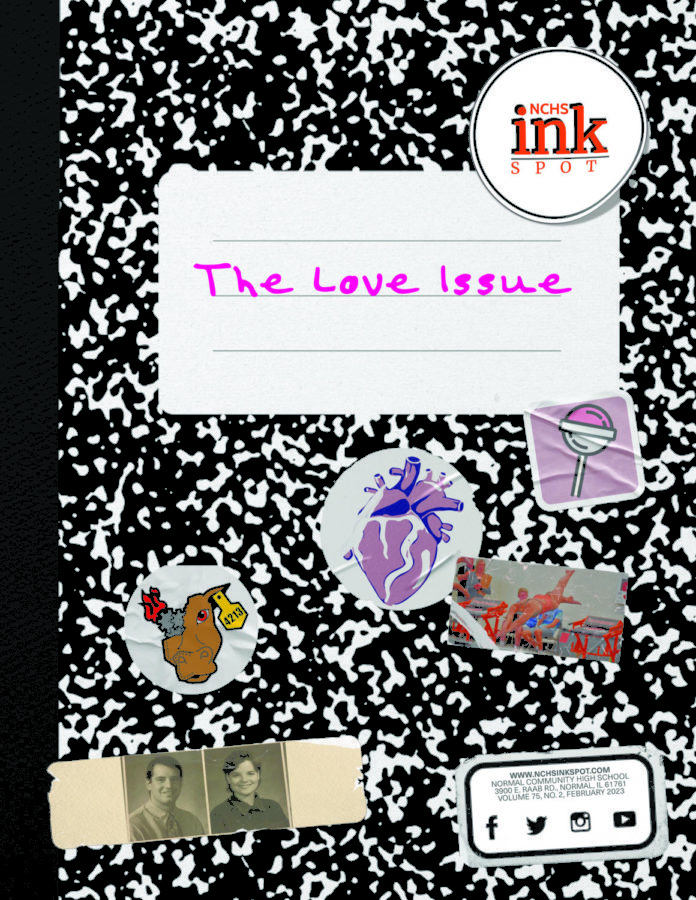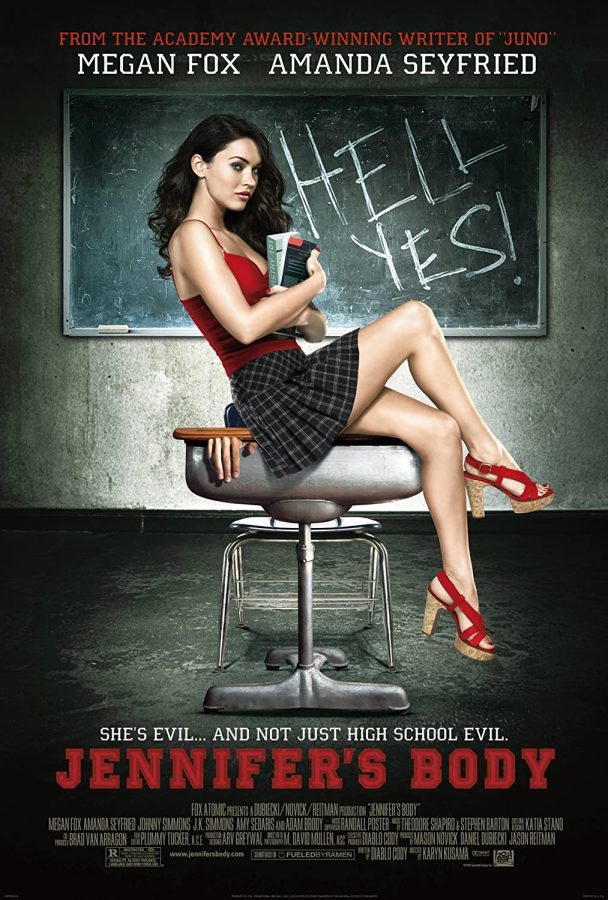“Jennifer’s Body” (2009) has crawled out of the grave to bask in the glory of a new, more open-minded generation.
Megan Fox stars as Jennifer, a high school cheerleader-turned-succubus preying on her male classmates as her best friend Needy (Amanda Seyfried) tries to stop her.
When the movie hit theaters over a decade ago, it was declared dead on arrival.
Despite a script by Diablo Cody, winner of 2007’s Best Original Screenplay Oscar for “Juno,” and the direction of Karyn Kusama, whose debut “Girlfight” was nominated for an Independent Spirit Award for Best First Feature, “Jennifer’s Body” was not received with open arms.
The film received reviews like Broadcast Film Critics Association’s James Berardinell’s: “If you’re in search for a way to ogle Megan Fox’s body, there are a lot better ways to do it than subjecting yourself to this.”
This criticism objectifies Megan Fox to the point where Berardinell all but says if Fox has her clothes on, her value somehow decreases.
However, a decade after its initial release, the film has a second life thanks to a new generation of viewers.
The film now ranks on The New York Times list of great horror movies directed by women (compiled after horror producer Jason Blum of “Get Out” and “The Purge” fame commented in a 2018 Polygon interview: “There are not a lot of female directors period, and even less who are inclined to do horror.”
But women have been writing and directing horror. And they are doing it well with The Telegraph declaring the movie Diablo Cody’s “oddest and most intriguing work” yet.
So what changed to revive “Jennifer’s Body”? Was a director’s cut released? Did it go through intensive re-editing? No and no.
The female audience the movie was intended for is now watching the film; they are giving Jennifer a chance.
“Jennifer’s Body” is an entirely fresh take on horror-comedy, with its closest counterparts being “Mean Girls” (2004) and “Carrie” (1976).
Instead of the usual misogynistic horror tropes, Diablo Cody combines the complexity of teenage girl relationships shown in films like “Mean Girls” with horror similar to “Carrie.”
The most glaring issues with the movie weren’t even with the film itself — but with its marketing.
Through a mix of overly sexualized trailers and posters, “Jennifer’s Body“ was marketed towards a demographic of 18-24 straight men.
20th Century Fox’s marketed a movie about a teen getting revenge on and killing men towards the same men that were being attacked and killed on screen?
The problem here is apparent: no one wants to be called out and watch themselves be the victim on screen.
The 20th Century Fox’s marketing team set up the movie for failure and left the creators to shoulder the blame.
Diablo Cody, in an ET Live reunion interview in honor of the movie’s 10th anniversary, said she wanted to avoid misleading potential viewers about the content of “Jennifer’s Body”, and emailed the studio an “articulate defense of the film” about “how it should be marketed.”
The response she got back was only three words: “Megan Fox hot.”
According to Kusama, the trailer’s original versions did not even feature Amanda Seyfried, the second leading character. Instead, they were just two minutes of slow motion, Megan Fox walking around in a high school cheerleading outfit and swimming naked in a lake (with horrible font choice too).
So it makes complete sense that when the male audience turned up to see this movie, they were thoroughly disappointed.
They were promised a near-naked Megan Fox, but what they got was a feminist, witty, insightful horror movie meant for women made by women.
The film shows multiple strong and resilient female leads with Jennifer and Needy but allows them the freedom to be complex and make mistakes.
Their complexity is just one reason “Jennifer’s Body” has found success with a new audience.
It’s one thing to have well-written characters, but the actors that brought them to life are beyond talented.
The role of Jennifer is not an easy one. It requires someone that can believably portray sadness and destruction one second and lust and love the next.
Megan Fox brought just that with her chilling and intelligent performance as Jennifer Check.
Needy’s role isn’t a small task either. She’s ever-changing and intricate. Amanda Seyfried’s portrayal of the sympathetic yet strangely terrifying Needy is a force to be reckoned with.
While Fox manages to create sympathy for a demon through her delivery of witty jokes and her portrayal of loss, Seyfried adds dimension to Needy’s character through her body language and showings of agony.
The excellent casting doesn’t stop there. Adam Brody’s depiction of the modern entitled man leaves viewers horrified. Johnny Simmons’s adorkable portrayal of Needy’s boyfriend (and his gorgeous hair) is just what any 2000s movie needs.
What this film lacks in marketing, it makes up for in unpredictable and genuinely good humor.
In the vein of “Scott Pilgrim vs. the World” and “The Princess Bride,” nearly every line in this film is eternally quotable.
Jennifer: “Hey, Monistat.”
Needy: “What’s up, Vagisil?”
Quotable.
Jennifer: “Hell is a teenage girl.”
Beyond quotable.
Needy: “You’re killing people?”
Jennifer: “No. I’m killing boys.”
Are you kidding me? It’s quotable.
Colin: “They’re showing Rocky Horror at the Bijou next Friday night.”
Jennifer: “… I don’t like boxing movies.”
QUOTABLE.
The humor-packed one-liners sprinkled throughout the film catch viewers by surprise and will most likely never leave their minds.
As if the jokes weren’t enough, the soundtrack for this film flawlessly captures the essence of a cannibalistic high school cheerleader.
Through the darkness of The Sword’s “Celestial Crown” and Florence and The Machine’s “Kiss With a Fist,” viewers are immersed into the world and motivations of Jennifer Check.
While this movie may be strikingly well cast and incredibly funny, it shines in its social commentary.
There are a million different ways to interpret this film and to have it resonate, but one of the primarily recognized interpretations is that of a revenge fantasy.
Jennifer’s fate mimics that of sexual assault and adds complexity to the so-called “antagonist.” When viewed in this light, her murderous rampage against men seems less black and white than it did before.
Considering the film’s overlap with the #MeToo movement, the message strikes deeper than initially imagined.
While Jennifer’s character is complex, this film’s real star is the relationship between Needy and Jennifer.
The two perfectly embody the toxicity and addictive nature of parasitic teen relationships and how the lines between platonic and romantic love can be blurred beyond comprehension.
This is an unapologetic film ahead of its time.
While Jennifer may “go both ways,” “Jennifer’s Body” only has one way left to go: up.


![Community honors longtime coach Mr. Bryan Thomas before Oct. 3 game [photo gallery]](https://nchsinkspot.com/wp-content/uploads/2025/10/Thomas-6-1200x1200.jpg)

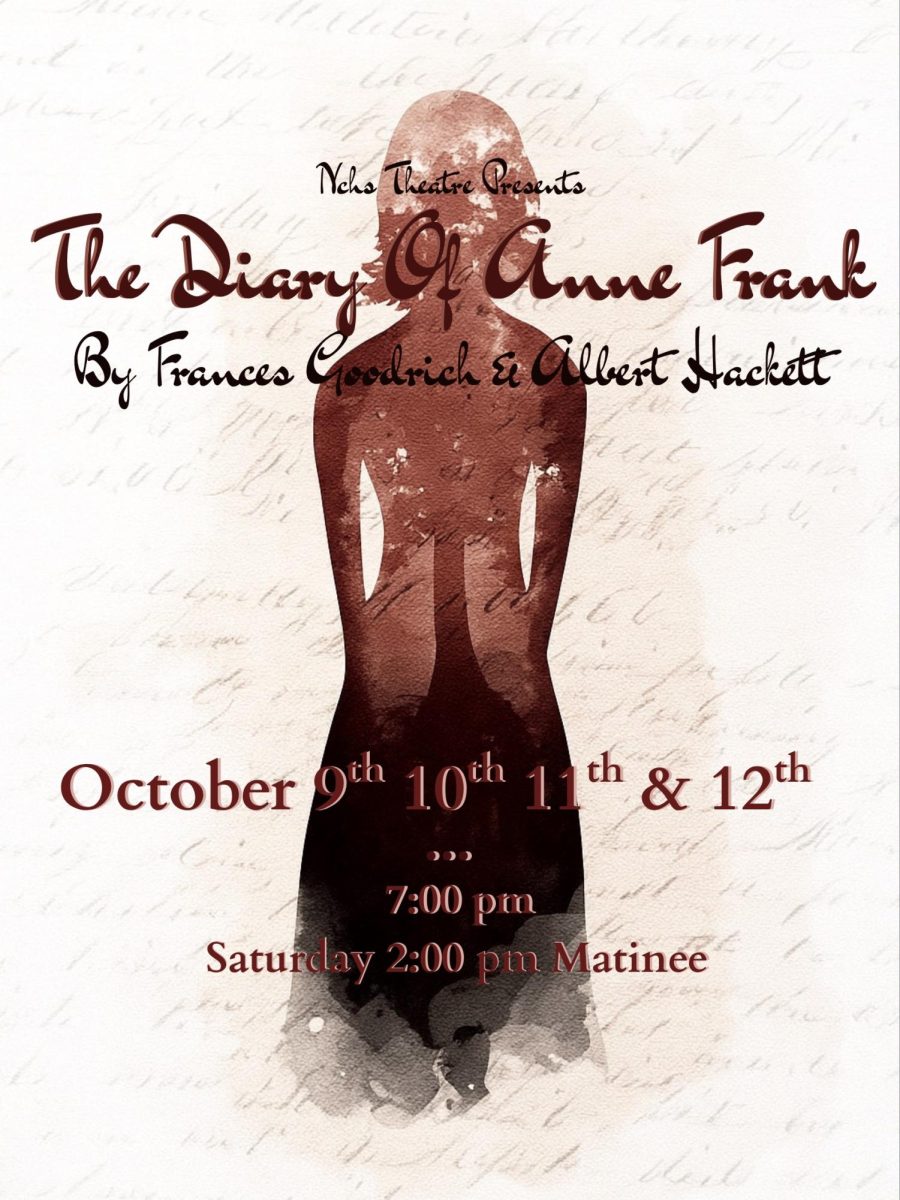





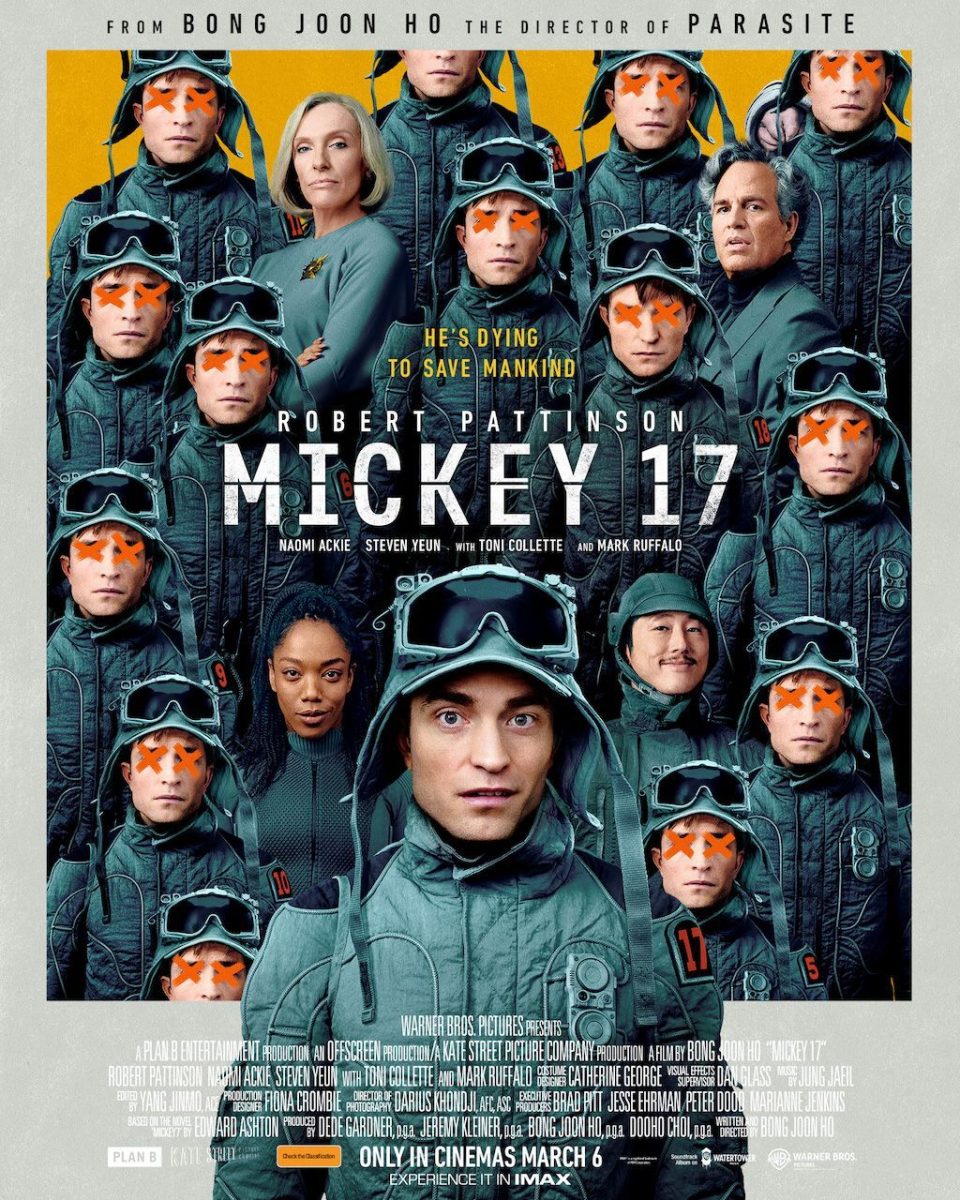



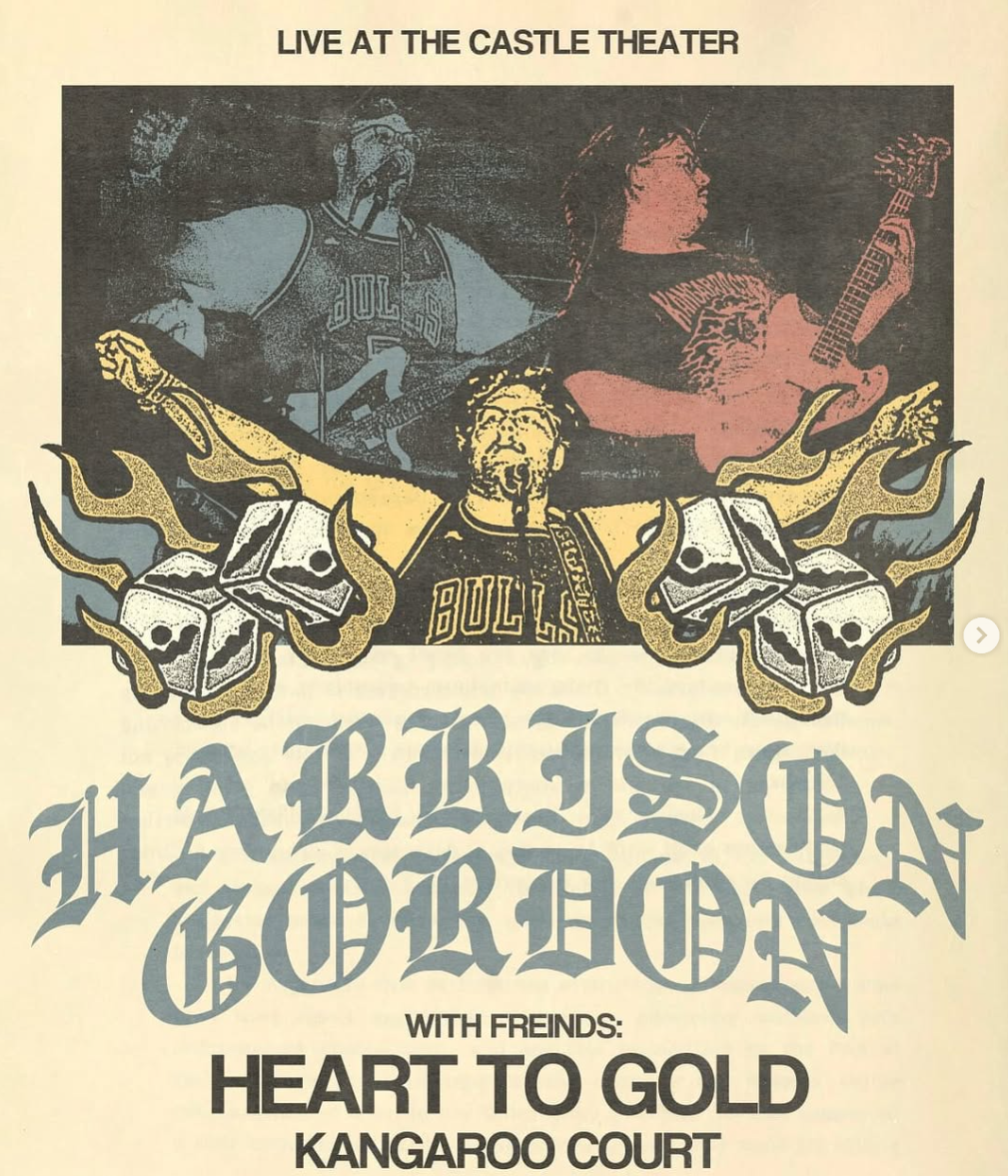
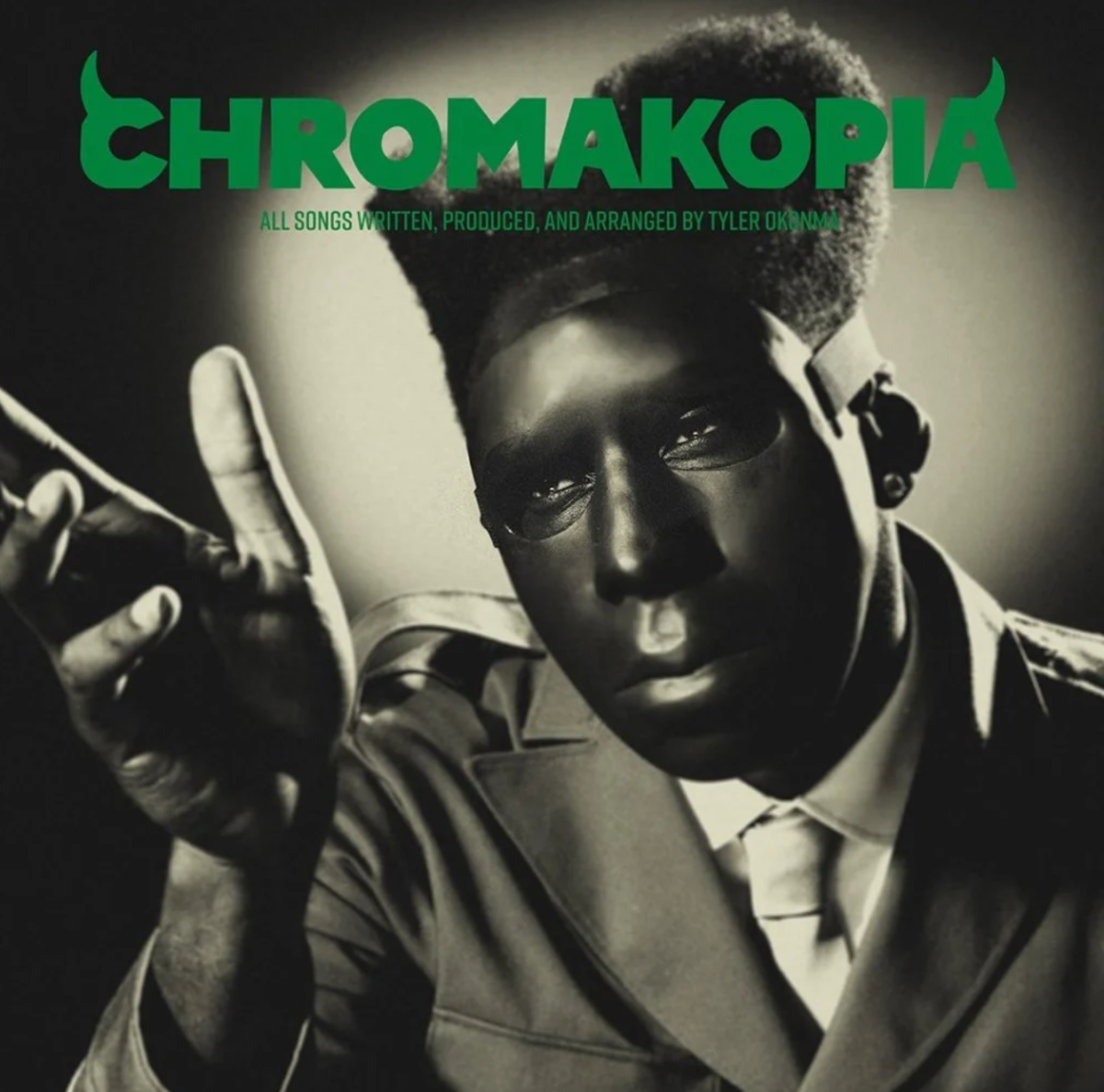


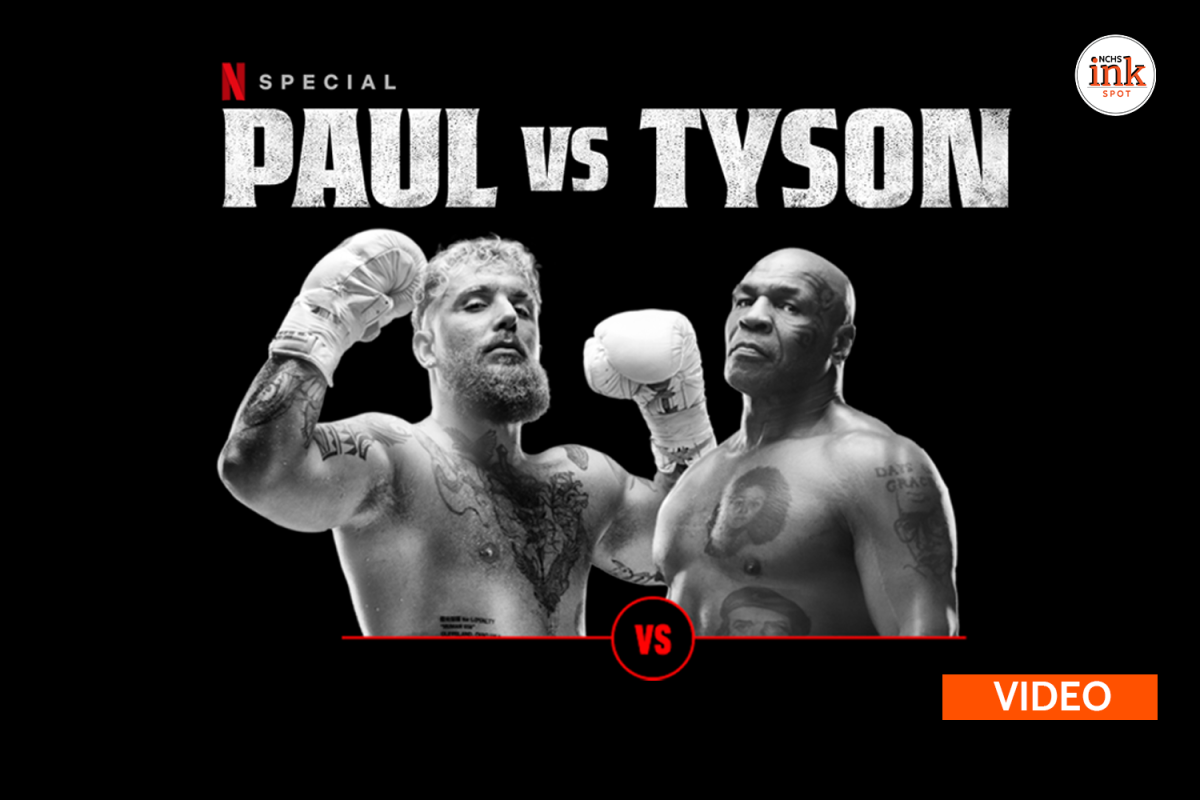










![Week 7: Coach Drengwitz recaps the Ironmen’s win over Bloomington, talks Danville [video]](https://nchsinkspot.com/wp-content/uploads/2025/10/Vikings-feature-Image-1200x675.png)


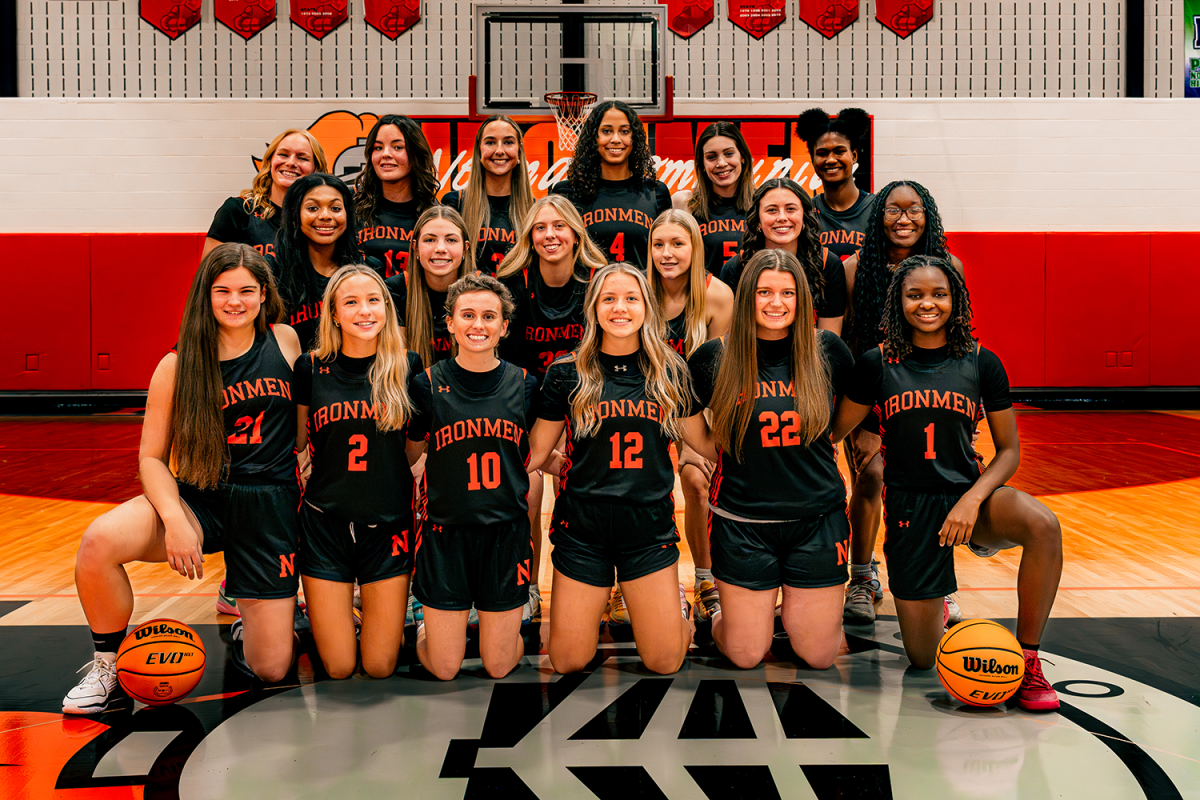














![Halloween candy cross section quiz [quiz]](https://nchsinkspot.com/wp-content/uploads/2022/10/Candy-cover-big-900x675.png)
![Average Jonah? [quiz]](https://nchsinkspot.com/wp-content/uploads/2022/05/average-jonah-900x600.png)


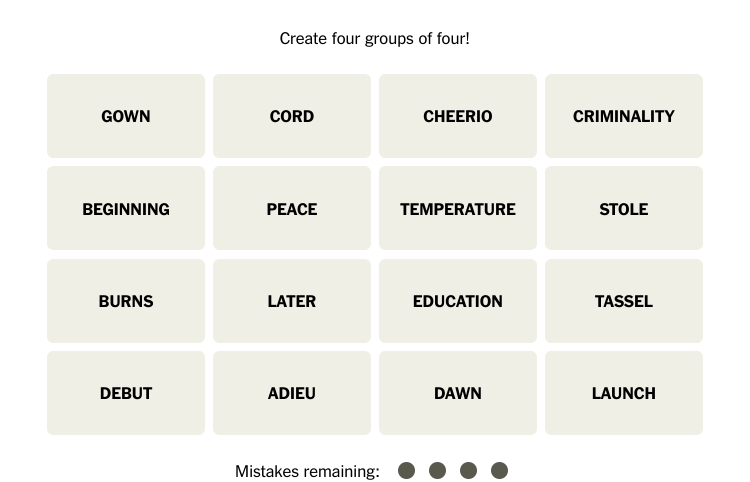
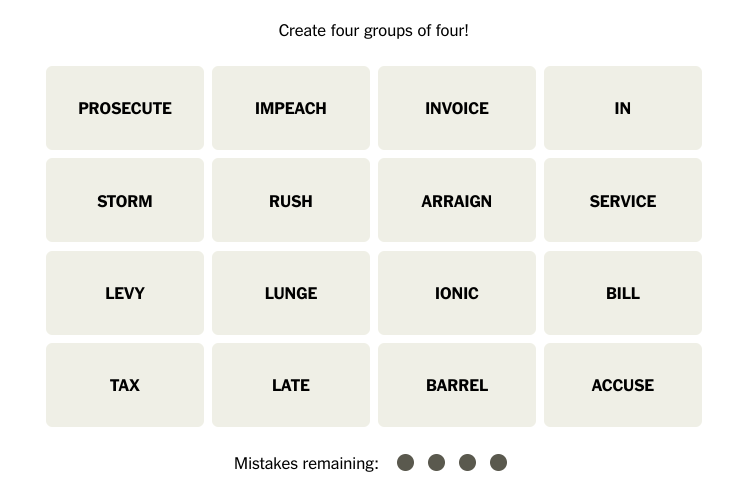
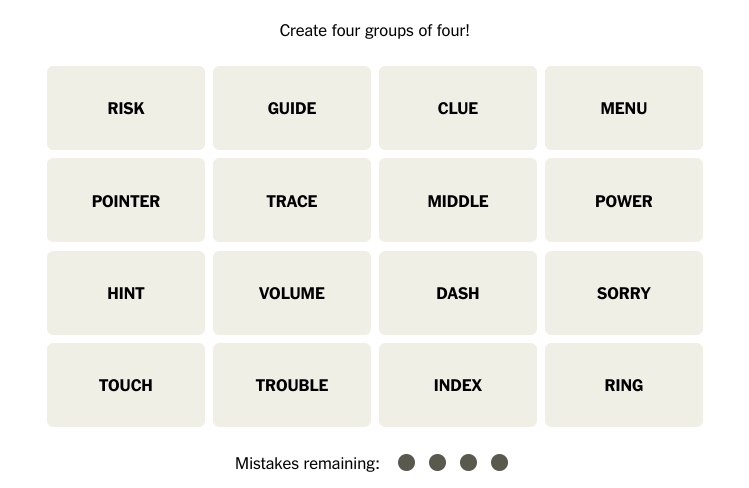
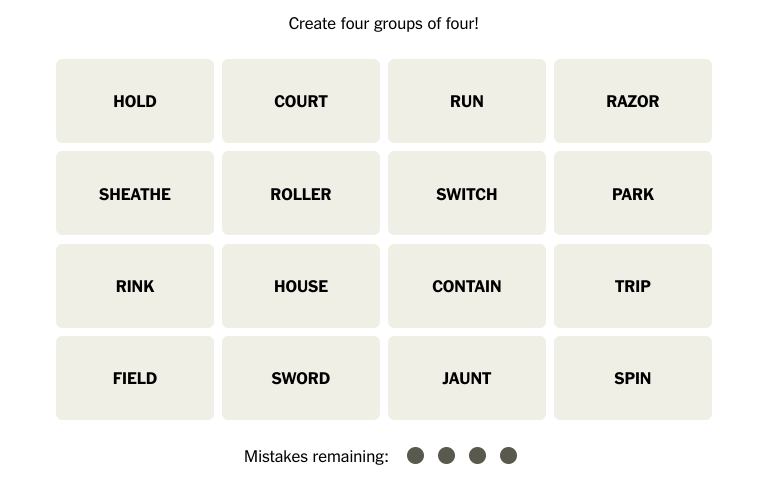

![[Photo Illustration]](https://nchsinkspot.com/wp-content/uploads/2025/09/trigger-words.png)










![Week 5: Coach Drengwitz previews the Ironmen’s matchup vs. Peoria Manual, recaps Week 4 [video]](https://nchsinkspot.com/wp-content/uploads/2025/09/Week-5-v-Rams-1200x675.png)





![Postgame reaction: Coach Drengwitz on Community’s 28-17 Loss to Kankakee [video]](https://nchsinkspot.com/wp-content/uploads/2025/09/Week-4-postgame--1200x675.png)
![Week 4: Coach Drengwitz previews the Ironmen’s matchup vs. Kankakee [video]](https://nchsinkspot.com/wp-content/uploads/2025/09/Ironmen-v-Kankakee-video-1200x1200.png)
![On the Spot: This or That – Halloween [video]](https://nchsinkspot.com/wp-content/uploads/2024/10/tot-Halloween-YT-1200x675.png)
![On the Spot: This or That – Fall favorites [video]](https://nchsinkspot.com/wp-content/uploads/2024/10/ots-fall-web-1200x800.png)
![On the Spot – Teachers tested on 2023’s hottest words [video]](https://nchsinkspot.com/wp-content/uploads/2024/01/On-the-Spot-Teachers-tested-1200x675.png)

